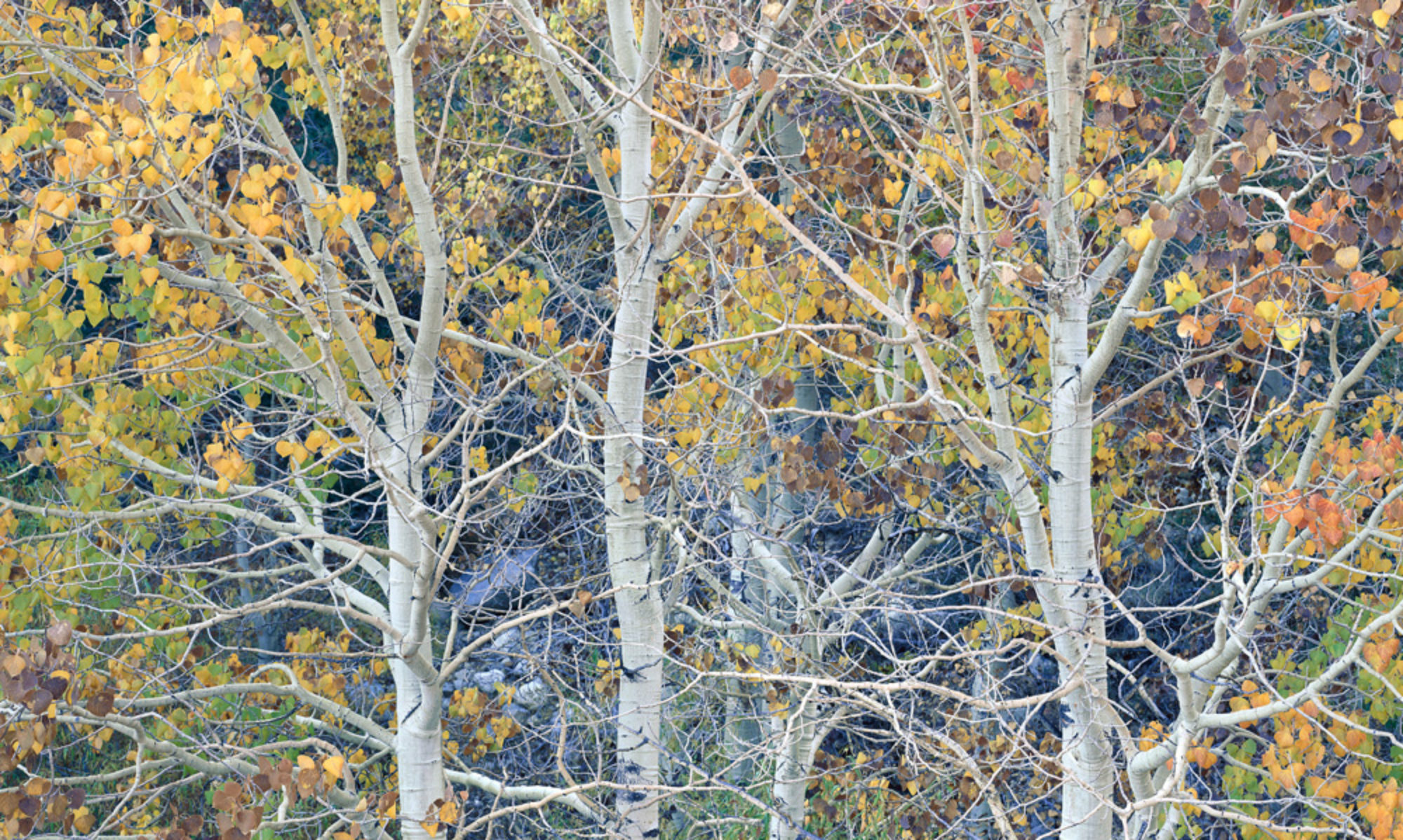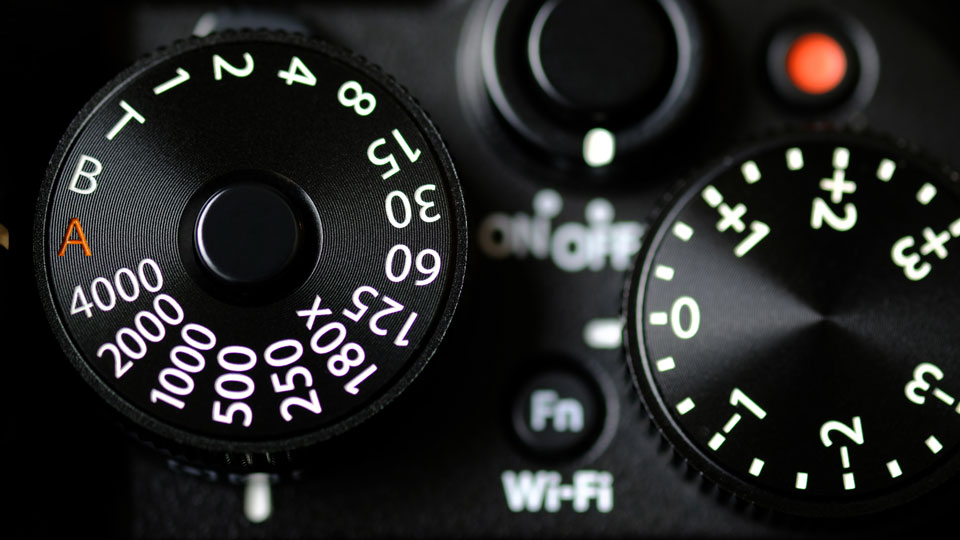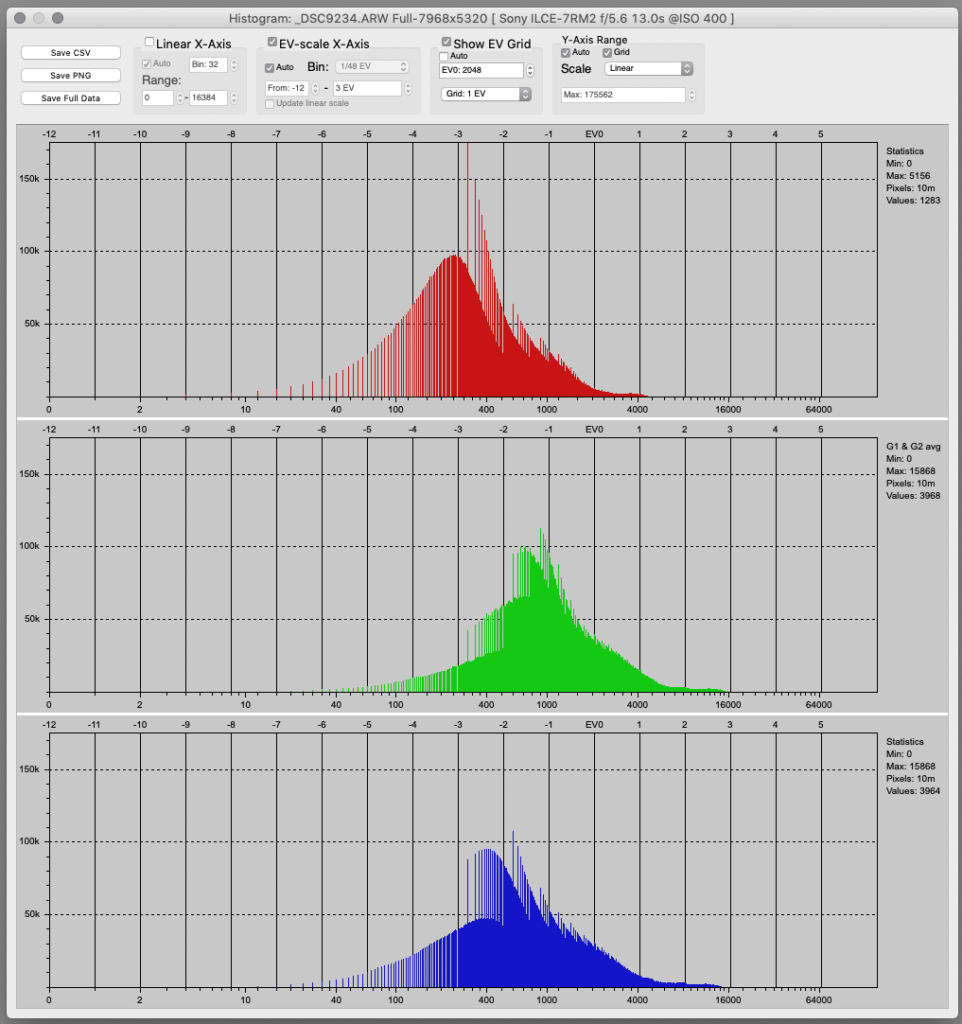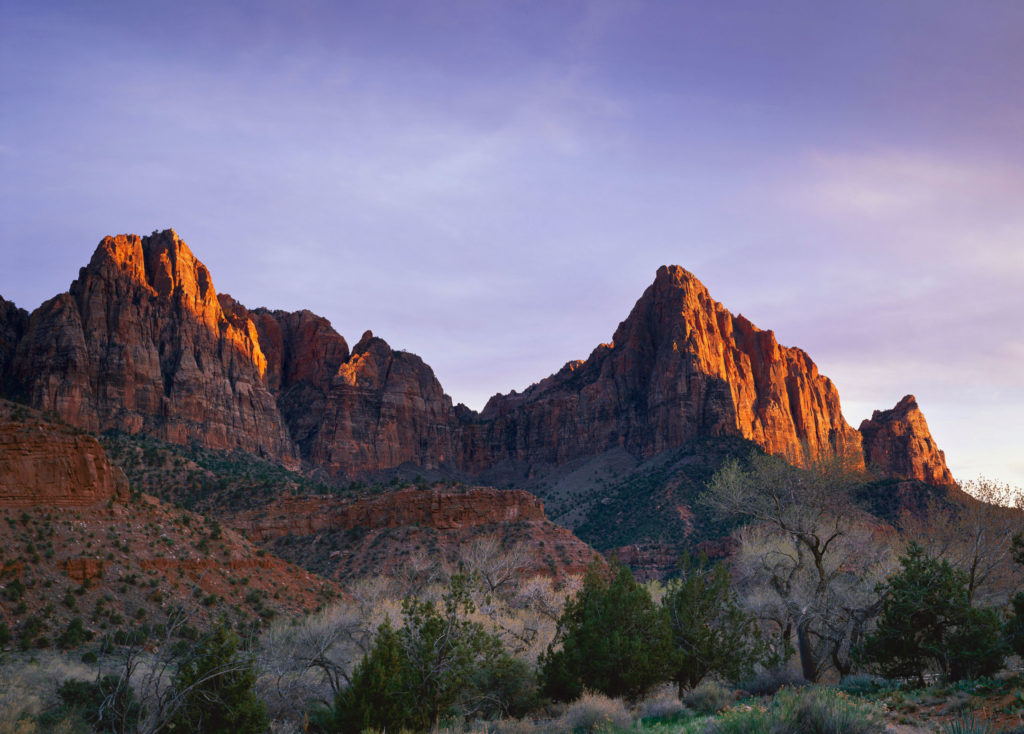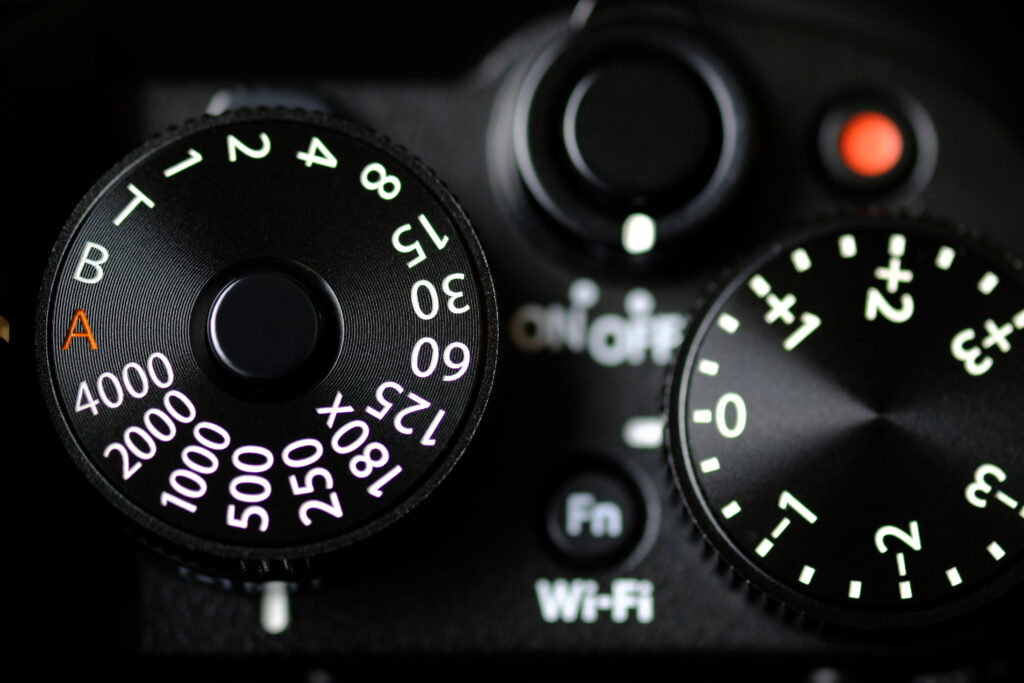
How would you feel if every time you ordered at a restaurant, they only gave you half the portion you paid for? Believe it or not, that’s what’s happening with most of your photos. That’s because if you are like most people, you are underexposing whether you realize it or not.
With as little as 1/2 stop of underexposure, you’re only capturing about 58% of your sensor’s full potential. And at one stop under, you’re only getting about 36% of its potential. If I’m spending thousands on my camera and lenses, not to mention travel, I don’t want to get cheated out of half (or more!) of my camera’s potential, and neither do you. And I can help.
Ok, now that I’ve got your attention, let’s get into the details. Even small amounts of underexposure have a big impact on our photos. And despite all the technology built into our cameras, even if you are reading the histogram, they still don’t make a “perfect” exposure every the time. Fortunately there is a better way. I’ve come up with a process that will let you manually expose to within 1/3 stop of optimum in most situations, and I want to show you how to do it. With my process you’ll make better exposures, and do it with speed and confidence so you won’t miss those “once-in-a-lifetime” pictures.
I’ve spent the last three years digging into the issue of exposure obsessively, and I can honestly say what I’ve discovered has changed my photography like few things have in my 30+ years of making pictures. It’s knowledge I use every time I click the shutter.
Most importantly, I’m getting better results, and my photos have a quality or “glow” that better reflects what I saw and felt, the things that made me want to take a photo in the first place. But it’s also made photographing easier and quicker when I’m in the field. Instead of the uncertainty I used to experience, and the time consuming multi-frame bracketed exposures I used to make, I can quickly determine the exact exposure for optimum results AND take my photo knowing that I nailed the shot. Instead of walking away thinking “I hope I got it,” I know with confidence that I did. That certainty and confidence has made me more creative as I work a subject or location, and helped me make more “good” photos.
But what surprised me most is how all this affected my processing. If I’m in “good” light that works with the latitude of my sensor, my processing is easier than every. I’m not fighting the photo just to get it to look the way I remember it. Instead I’m able to spend more time making the small, refined moves that bring out more of the photograph instead of trying to correct my errors.
But what about program exposure modes?The class is titled Mastering Manual Exposure, what about when I need to shoot in Aperture or Shutter Priority? The truth is that mastering manual exposure is the key to getting the most out of program modes, so mastering manual is the key to getting more out of those modes as well.
The good news is that it’s easier than you think. On workshop after workshop, students have been surprised by how simple my process is, and how it frees them to think more creatively and achieve better results.
This class is for photographers of any skill level who want a tested-and-proven approach. We’ll cover a lot of ground, and you’ll gain real world, tested, practical knowledge that will grow your skill set.
This four lessons class will meet at 7:00 PM Central Time, on January 10th, 17th, 24th, and 31st. Recordings will be available for four weeks after each class. So if you miss a class, need to time shift, or want to watch it again, you can.
This is knowledge you will use every time you click the shutter! If you are ready to transform your photograpy, then this is the workshop for you!
Sign up today, and get ready to change the way you photograph!
Keep chasing the light!
– Rich Seiling
